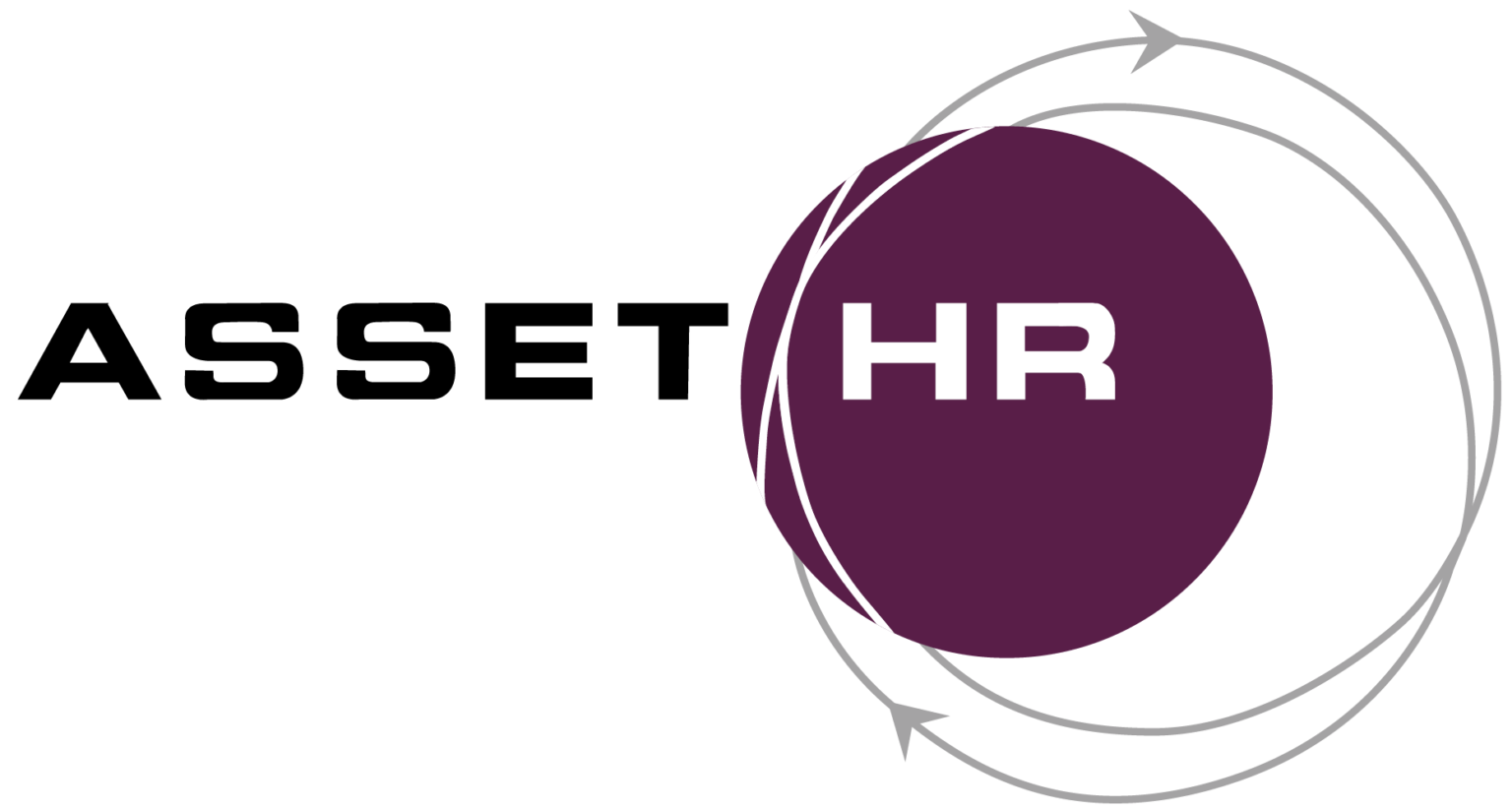Many of today’s employees care deeply about work-life balance. Recent studies show that 83% of employees rank it higher in importance than both salary and job security. One way business and HR leaders can help employees achieve a meaningful balance between personal and professional life is to offer paid leave.
As of 2023, the Bureau of Labor Statistics reports that nearly 90% of employees had access to family leave benefits. However, only 27% have access to paid leave.
Unfortunately, this can make it difficult for employees to work and take care of themselves and their loved ones, which can lead to dissatisfaction, disengagement, and low morale.
Still, the tides are turning. In 2026, Minnesota will become the 13th state to adopt a statewide paid leave program, signaling a growing trend. Here’s what Minnesota employers need to know about the state’s new law and how your organization can navigate it successfully.
What Will Paid Leave Look Like in Minnesota?
Starting January 1, 2026, employers must offer paid leave to employees who work in Minnesota at least 50% of the time and have earned at least 5.3% of the state’s average annual wage in the past year.
This leave covers full-time, part-time, and temporary employees who need time off to care for themselves or a loved one. Situations that qualify under this law include:
- Employees with a serious health condition caring for themselves, including activities relating to medical evaluation, treatment, inpatient care, and recovery
- Employees needing to care for a family member with a serious health condition
- Pregnant people experiencing complications from pregnancy
- Parents and guardians caring for and bonding with a new child (including those welcomed through adoption and fostering)
- Employees supporting family members who are active duty military
- Employees who must address unsafe issues at home related to domestic violence, sexual abuse, or stalking
Paid leave will be divided into two categories: medical leave and family leave. With certification from a healthcare or service provider, employees will be allowed to take up to 12 weeks of each type of leave. If an employee qualifies for both, they will be allowed to take a maximum of 20 weeks. The leave can be taken all at once or intermittently.
Employees will receive between 55% and 90% of their regular wages while on leave, with a benefit cap set at the current state average wage.
If an employee has worked in your organization for more than 90 days, they’re eligible for job protection, and you must allow them to return to their original position or an equivalent one. You must also continue their insurance benefits while they’re on leave.
How Will the Paid Leave Law Impact Employers?
The new paid leave law applies to all Minnesota employers with at least one employee, with exceptions made for federal government and tribal nation employees. Your organization is also covered if it exists outside of the state but employs workers who live in Minnesota or work there at least 50% of the time.
The paid leave program will be paid for by taxes on employee wages of 0.88%, which can be split between employers and employees. You must ensure that your employees are fully informed about any potential paycheck deductions and that their pay still meets minimum wage requirements. Most small businesses are required to participate, but some may be eligible for reduced premiums.
The Minnesota Department of Employment and Economic Development (DEED) will process leave applications and distribute payments.
As an employer, you’ll be responsible for reporting employee wage data to determine your premium and employee eligibility. However, you won’t be responsible for processing applications or payments and cannot approve or deny benefits.
Your organization will be allowed to offer an equivalent plan if you elect not to participate in the state leave program. However, keep in mind that your plan must meet or exceed state coverage.
Ensure Total Compliance With Expert HR Help
Minnesota’s paid leave law is still in the early stages of rollout, and the state will continue to provide guidance regarding taxes, wage reporting, and more. Whether your organization is based in Minnesota or you have employees there, it’s crucial to keep up with paid leave requirements and make sure your practices are in line.
AssetHR’s consultants understand how to navigate the legal, ethical, and logistical issues surrounding these new laws, and working with our team can provide you with peace of mind as you navigate compliance.
Contact us today to learn more about how we can help you craft paid leave policies that benefit your employees and enhance your organization.

